
If you aspire to roast a whole pig, beyond the actual heat, the seasoning is the most important part. Though you may choose any from a wide variety of spices to use on the animal, there are a few key components to ensuring that the pork tastes great. Whether you choose to roast the pig on a spit or flat on an extra large, home-made barbecue pit, just don't forget the salt.
Brine the Pig

Before roasting the whole pig, brine the animal in a mixture of water, salt and other seasonings. The brine should include mostly salt and water, with about four cups of salt to five gallons of water. You might also add sugar and spices such as coriander, black peppercorns, bay leaves, thyme, chili pepper and crushed garlic. Adjust the seasonings to taste. Boil one gallon of water with the salt and sugar, if using, until dissolved, then cool and add the spices and remaining water. Remove any stray hairs from the pig, place it in a large cooler and pour the brine over the animal. Brine the pig for 24 to 48 hours, adding ice periodically to keep cold, and remove about 90 minutes before you are ready to roast it.
Score the Skin
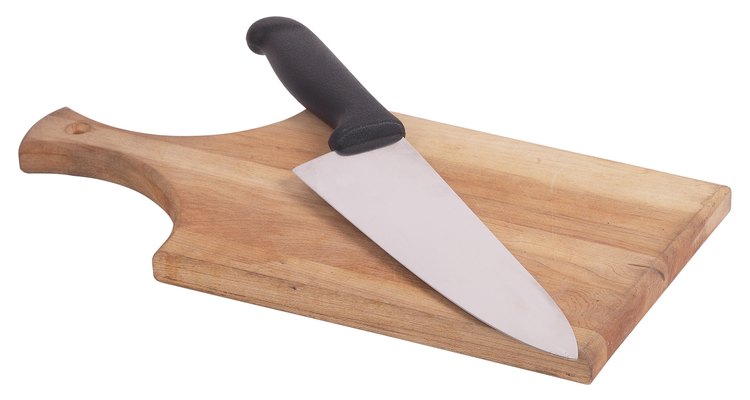
After you brine the pig, carefully use a sharp knife to score the skin of the pig in a large criss-cross diamond pattern. Alternatively, poke small holes all over the skin of the animal with the tip of a sharp paring knife, as though piercing a potato. With either method, make sure only to penetrate the skin and not to cut past the layer of fat below.
Season the Pig

Once you score the pig's skin, heavily season the animal with salt and pepper. If roasting on a spit or in an oven, season the inner cavity aggressively, as well. As there is a lot of meat and the animal will be cooking slowly, do not be afraid to use what may seem like too much salt. For a 50-pound pig, expect to use one to two cups of kosher salt. Add as much pepper as you prefer.
After the Pig Is Cooked

Once the pig is roasted to 140 degrees Fahrenheit and allowed to rest, bringing the meat up to 145 F, serve the animal as-seasoned, or add a sauce. You might make your own barbecue sauce or try something less-expected, such as an apricot or mustard-tarragon sauce. Try serving the pork with a chutney that picks up some of the spices that went into your original brine to pull the flavors together.
Related Articles

How to Grill Pig Snoots
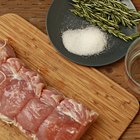
How to Brine Pork Roast
How to Boil Pork Jowl Bacon

How to Salt a Pig for Cooking
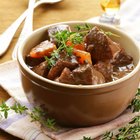
How to Cook a Beef Spleen

Roasting a Pig on a Gas Barbecue
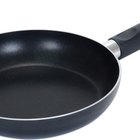
How to Cook Beef Top Round Pot Roast

How to Marinate a Top Round Roast

How to Cook a Sirloin Like a Prime Rib
How to Cook a Picnic Shoulder in the ...

How to Boil Cabbage and Ham

How Do I Roast a Picnic Ham?

How to Brine a Whole Pig

How to Skin & Cook Squirrel
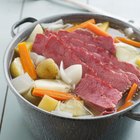
How to Pickle Beef Brisket

How to Make an Eye of Round Less Tough ...

How to Brine Trout to Smoke

How to Make Salt Brine

Do You Soak Raw Peanuts in Water Before ...

How to Cook Beef Sweetbreads
References
- The Professional Chef. The Culinary Institute of America. Wiley, 2006.
- "The Pig Event," The Wall Street Journal
Resources
- The Whole Beast: Nose to Tail Eating. Fergus Henderson. Ecco, 2004.
- "Whole Hog Roast," Pork: Be Inspired.
- A Girl and Her Pig: Recipes and Stories. April Bloomfield. Ecco, 2012.
Writer Bio
Kathryn Roberts has worked in the culinary industry for nearly a decade in various roles, including pastry chef and bakery manager. After studying at the Culinary Institute of America, she earned her BFA from Goddard College and is pursing an MFA in Writing from Vermont College of Fine Arts.
Photo Credits
Hemera Technologies/Photos.com/Getty Images